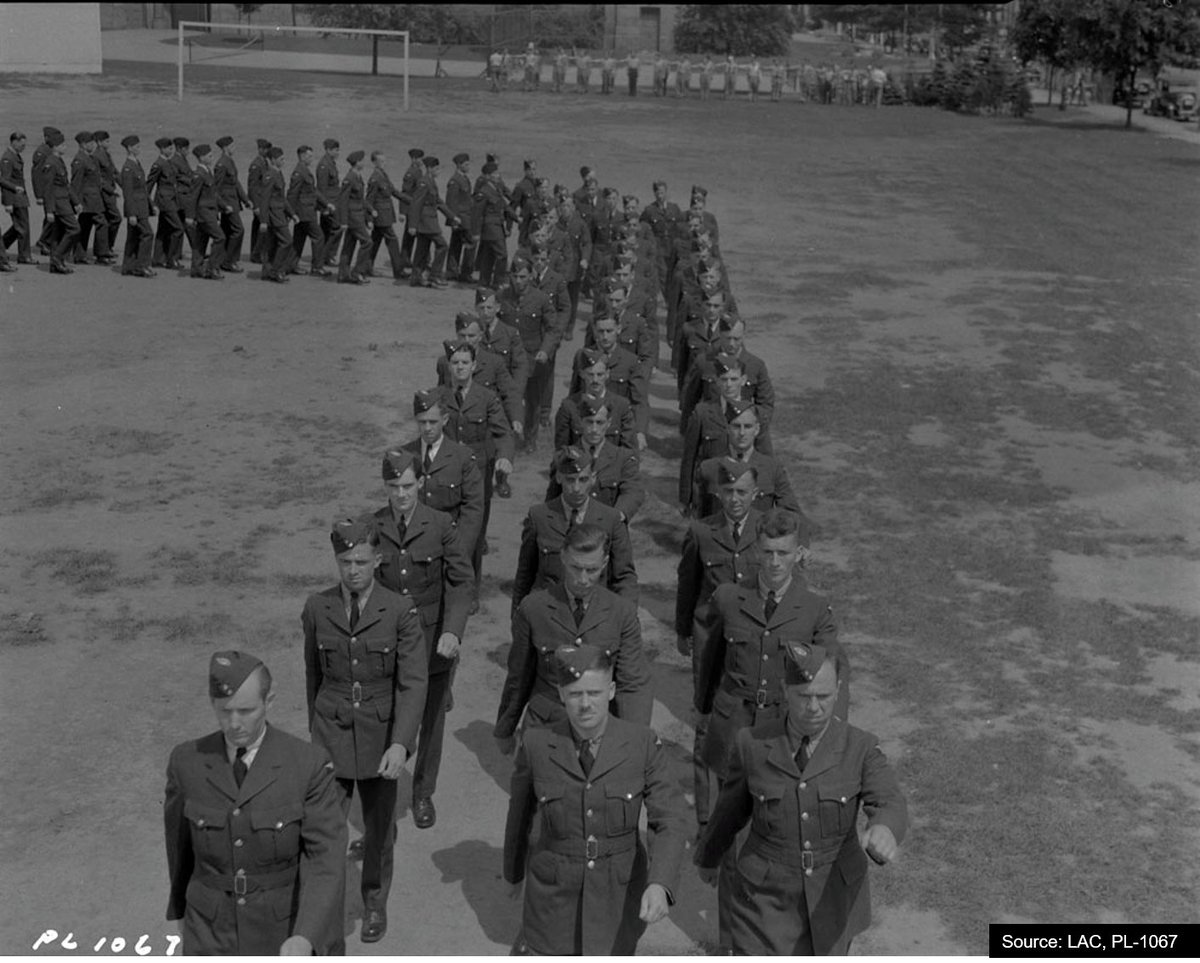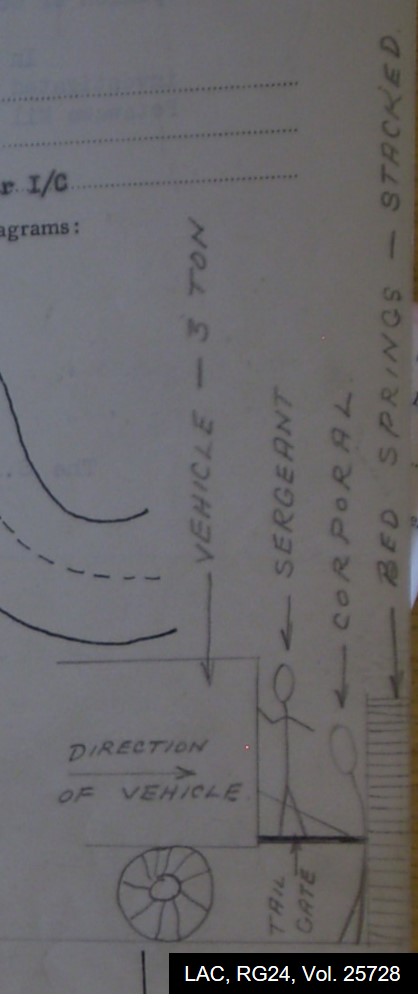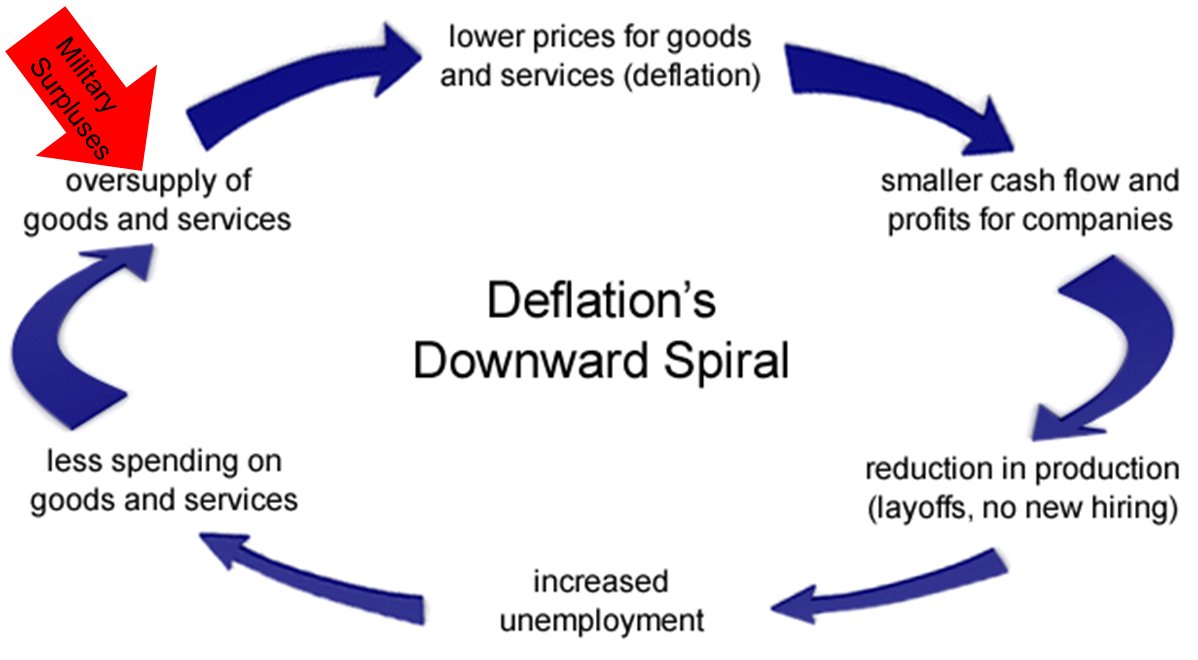1/12 Now that #WarJunk is published, it’s time to offer a sneak peek! So let’s talk about one type of war junk…bedframes! THREAD https://abs.twimg.com/emoji/v2/... draggable="false" alt="⬇️" title="Downwards arrow" aria-label="Emoji: Downwards arrow">
https://abs.twimg.com/emoji/v2/... draggable="false" alt="⬇️" title="Downwards arrow" aria-label="Emoji: Downwards arrow">
@UBCPress #twitterstorians #WW2 #SWW #ecrchat #materialculture #histtech #envhist #businesshistory #cdnhist #AcademicTwitter #AcademicChatter
@UBCPress #twitterstorians #WW2 #SWW #ecrchat #materialculture #histtech #envhist #businesshistory #cdnhist #AcademicTwitter #AcademicChatter
2/ When the war emergency grew more serious from 1940 to 1942, the Canadian gov’t mobilized for total war. In doing so, the Army, Navy, & Air Force rapidly expanded & by 1945 about 1.1 million Canadians had enlisted.
3/ Enlistment was the welfare state on steroids. The state paid a salary & provided everything else: it clothed, fed, sheltered, trained, & deployed its new workforce. As a result, it acquired assets of all types – including 1000s of bedframes.
4/ Although this was a wartime necessity, acquisitions were far in excess of postwar requirements, which created a disposal problem in 1945.
People tend to downplay this problem by thinking “oh the state just sold everything” … but, it’s not that simple!
People tend to downplay this problem by thinking “oh the state just sold everything” … but, it’s not that simple!
5/ The disposal problem was massive & complex. Consider just 2 elements. First, the military had to audit & appraise its inventories so leaders could make informed decisions about kit retention & divestment.
6/ Think about it: something as mundane as bedframes held quite a bit of significance. The number of beds was directly related to the military& #39;s future size, budget, & operations. In effect, the logistics of sleeping & accommodations could not be overlooked in postwar plans!
7/ So, someone had to count the number of leftover bedframes & assess the quality of each 1 before surpluses could be declared!
This work claimed the life of at least 1 soldier (a vet of D-Day & NW Europe) in Petawawa in 1946. He was crushed between a truck & pile of bed springs
This work claimed the life of at least 1 soldier (a vet of D-Day & NW Europe) in Petawawa in 1946. He was crushed between a truck & pile of bed springs
8/ Second, consider the companies specializing in mattresses & bedframes that had built them at record pace during #WW2. After the war, how could they compete against this boom?
Second-hand frames and bedding sold by the gov’t at bargain prices would cause deflation.
Second-hand frames and bedding sold by the gov’t at bargain prices would cause deflation.
9/ The objects of war don’t simply vanish when the fighting stops!
Demobilization not only discharged 1000s of veterans onto civvy street, it also generated mountains of military surpluses – from bedframes to boots, & aircraft to ammo. All of which held postwar liabilities.
Demobilization not only discharged 1000s of veterans onto civvy street, it also generated mountains of military surpluses – from bedframes to boots, & aircraft to ammo. All of which held postwar liabilities.
10/ #WarJunk explores how the gov’t’s disposal agency reversed wartime logistics to deal with the problem across all categories of kit. It shows how munitions & supplies were discarded as trash by the state & how they were revalued, reused, & recycled as treasure by Canadians.
11/ Surplus bedframes were versatile. Most were sold to hospitals, universities, & vocational schools. With over 130,000 veterans attending classes from 1945-51, schools outfitted classrooms & dormitories with military surpluses. @UBC was a big customer. https://www.youtube.com/watch?v=ttEVS8UIZZw">https://www.youtube.com/watch...
12/ Maybe now you& #39;re wondering: what about all the other stuff? What happened to the surplus ships? trucks? bombs? tools? buildings? … & frogs? (yes, the gov’t sold 75 amphibian creatures after #WW2).
Well, you’ll just have to read #WarJunk to find out! https://www.ubcpress.ca/war-junk ">https://www.ubcpress.ca/war-junk&...
Well, you’ll just have to read #WarJunk to find out! https://www.ubcpress.ca/war-junk ">https://www.ubcpress.ca/war-junk&...

 Read on Twitter
Read on Twitter @UBCPress #twitterstorians #WW2 #SWW #ecrchat #materialculture #histtech #envhist #businesshistory #cdnhist #AcademicTwitter #AcademicChatter" title="1/12 Now that #WarJunk is published, it’s time to offer a sneak peek! So let’s talk about one type of war junk…bedframes! THREADhttps://abs.twimg.com/emoji/v2/... draggable="false" alt="⬇️" title="Downwards arrow" aria-label="Emoji: Downwards arrow"> @UBCPress #twitterstorians #WW2 #SWW #ecrchat #materialculture #histtech #envhist #businesshistory #cdnhist #AcademicTwitter #AcademicChatter" class="img-responsive" style="max-width:100%;"/>
@UBCPress #twitterstorians #WW2 #SWW #ecrchat #materialculture #histtech #envhist #businesshistory #cdnhist #AcademicTwitter #AcademicChatter" title="1/12 Now that #WarJunk is published, it’s time to offer a sneak peek! So let’s talk about one type of war junk…bedframes! THREADhttps://abs.twimg.com/emoji/v2/... draggable="false" alt="⬇️" title="Downwards arrow" aria-label="Emoji: Downwards arrow"> @UBCPress #twitterstorians #WW2 #SWW #ecrchat #materialculture #histtech #envhist #businesshistory #cdnhist #AcademicTwitter #AcademicChatter" class="img-responsive" style="max-width:100%;"/>






